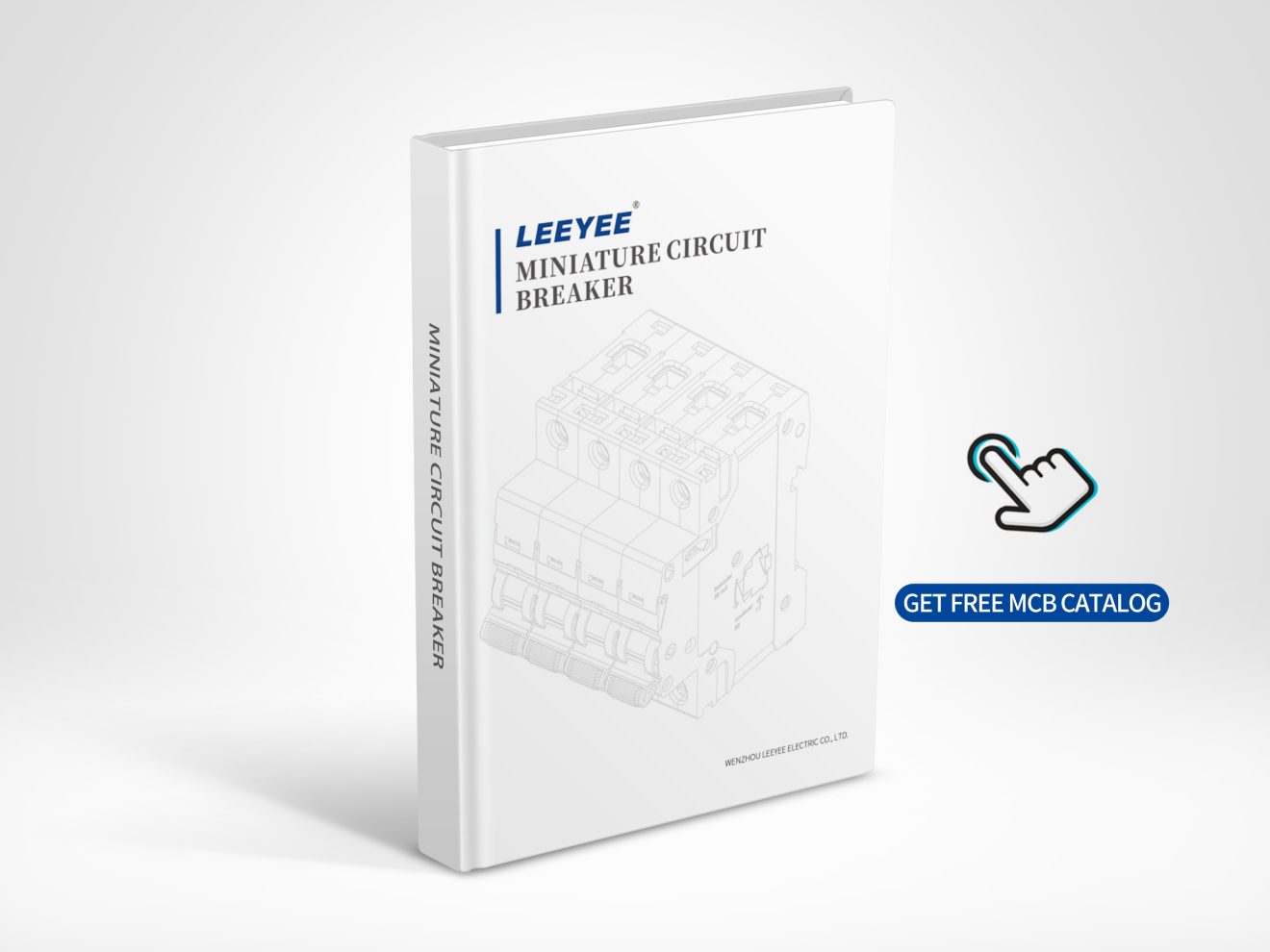Electrical safety is a major concern in homes and businesses. A faulty fuse can lead to power outages, equipment damage, or even fire hazards. To avoid these serious consequences, understanding the differences between an MCB and a standard fuse box is crucial for making informed choices about electrical protection.
In an electrical system, MCBs (Miniature Circuit Breakers) offer superior safety and convenience compared to standard fuse boxes. MCBs automatically reset after a fault, whereas traditional fuses need replacement. This difference is essential for maintaining a reliable electrical supply.
To fully grasp these differences and their implications for your home or business, let’s delve deeper into the functions, advantages, and applications of MCBs compared to standard fuse boxes.
Understanding MCBs and Fuse Boxes
An MCB is a device designed to protect electrical circuits from overloads and short circuits. It detects faults and interrupts the electrical flow automatically. In contrast, a standard fuse box contains fuses that melt and break the circuit when overloaded. While both serve to protect electrical systems, their methods and effectiveness differ significantly.
Key Differences
- Operation Mechanism
MCBs use a switch mechanism that automatically resets after a fault is cleared. This means once the issue is resolved, you can simply turn the MCB back on. Fuses, however, must be replaced once they blow, requiring additional time and effort. - Speed of Response
MCBs respond much faster than fuses. They can detect faults and cut off electricity in milliseconds, minimizing potential damage. Fuses take longer to react, which can lead to overheating and fire risks. - Resetting Capability
After a fault, MCBs can be easily reset. This is convenient for users who may not have immediate access to replacement fuses. In contrast, with fuses, you need to replace the blown unit, which can be inconvenient, especially in emergencies. - Durability and Lifespan
MCBs generally last longer than fuses. While fuses can blow multiple times in a short period, MCBs are designed for repeated use without degrading. This longevity makes MCBs a cost-effective choice over time. - Visual Indicators
Many MCBs come with visual indicators that show whether the device is on or off. This feature helps users quickly identify issues without needing to check each circuit manually. Standard fuses lack this functionality, making troubleshooting more cumbersome.
Advantages of MCBs
Switching to MCBs offers several advantages. Their automated resetting feature reduces downtime and ensures continuous operation of electrical systems. This is particularly beneficial in commercial settings where interruptions can lead to significant losses. The faster response time of MCBs also enhances safety, providing peace of mind.
Applicazioni degli MCB
MCBs are suitable for various applications, from residential homes to industrial facilities. Their versatility makes them ideal for protecting sensitive electronics and high-power appliances alike. In contrast, standard fuses are often limited to basic circuit protection, making MCBs a better choice for modern electrical systems.
Conclusione
In summary, MCBs provide a modern, efficient solution for circuit protection compared to standard fuse boxes. Their speed, ease of use, and durability make them a preferable option for anyone looking to enhance electrical safety. By understanding these differences, you can make informed decisions about your electrical systems, ensuring safety and reliability.
Investing in MCB technology not only protects your electrical infrastructure but also contributes to long-term savings and efficiency. If you have further questions or need assistance in upgrading your electrical system, feel free to reach out for expert advice.

